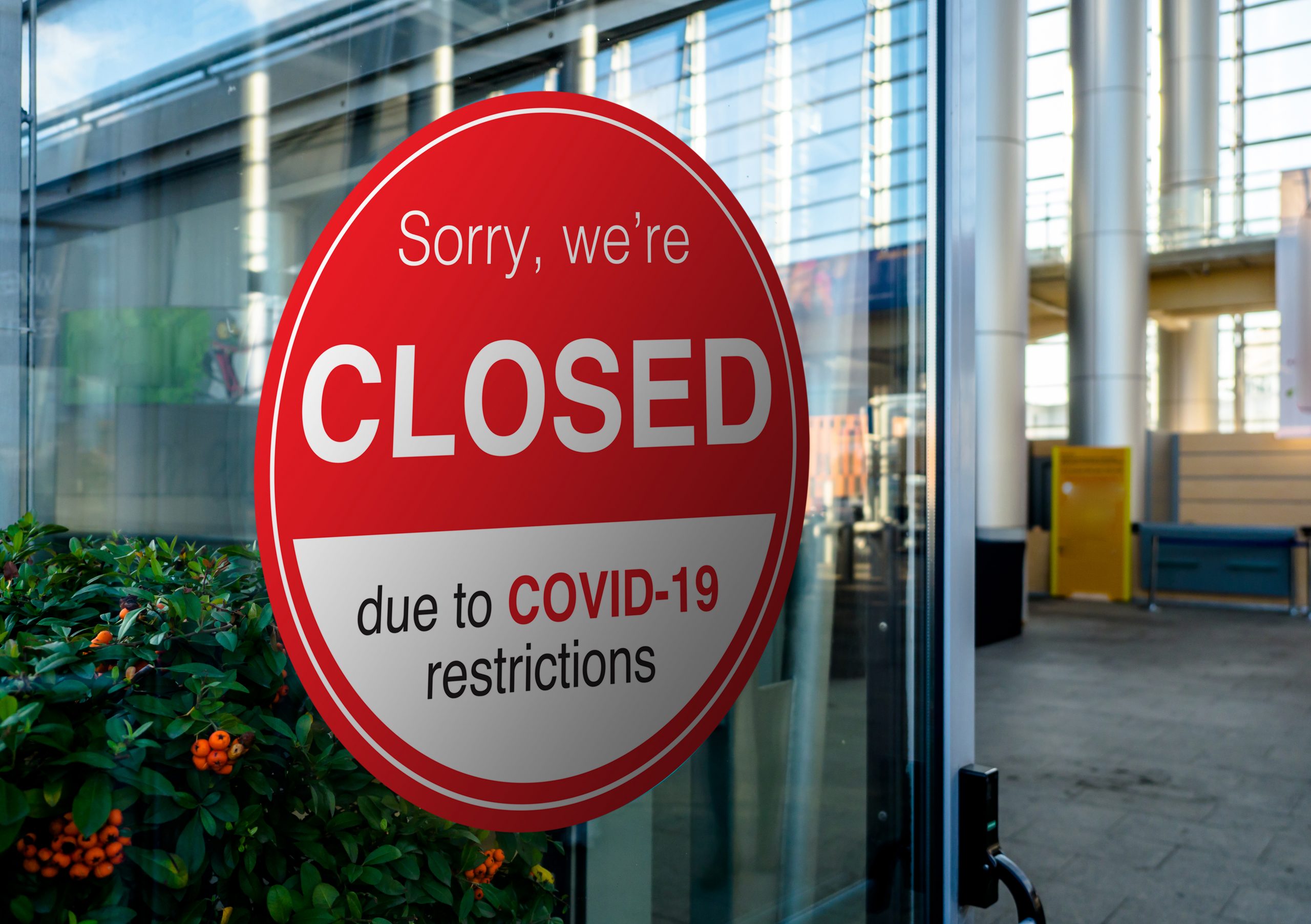Household Bills
Side hustles, meal-boxes and gardening among lasting Covid legacies

Around one in three people have started a small business or found a way to top up their income since the first Covid lockdown three years ago, new data shows.
Of those, 86% are still running their business or side hustle and for 34% it is now their main income.
While the rising cost of living has seen many cut down on the number of deliveries they receive and take-away meals they order since the height of the pandemic.
There are many things which have been kept on since the first lockdown and paying for meal box subscriptions is one of them, according to consumer spending data and a survey of 2,000 people from Barclays.
It said 46% of those who signed up to pre-prepared meal kits and 35% who started using make-your-own meal kits spend more on these services now than they did three years ago.
Digital entertainment services remain popular
Money spent on digital entertainment services, such as Netflix, AppleTV, and Amazon Video, has also remained high. In April 2020, spending on this type of entertainment was up 40.5% when compared to February 2020.
Since March 2021, money spent on these services is still on average 40% higher than before the first lockdown.
Many people have also continued with activities they started in lockdown, when 62% of us started a new hobby or skill. The most popular hobbies which people have kept up with are gardening (20%), exercising (19%) and baking (16%).
Online versions of these hobbies have also remained popular and 13% said they use online exercise videos which are cheaper than physical classes while 12% said they preferred exercising outdoors rather than in a gym.
Local shops shunned for cheaper prices
One of the top lockdown habits people have left behind is shopping locally, according to the data.
It revealed that across the whole of 2020 spending at local shops, such as bakeries and independent shops was up 28.6% when compared to 2019.
But 68% of those asked by the bank said they are now looking for ways to cut the cost of their weekly shop and 30% said they were now buying from larger shops which tend to be cheaper.
Around a quarter said they had started shopping more at larger supermarkets because there was more choice and these retailers offer value and own-brand ranges.
Yet 25% of respondents said the Covid lockdowns made them realise how much they value their local high street and 23% said they try to shop locally when possible.
Over half of those asked also said they spend less now on takeaways than they did in the pandemic, which is probably also a consequence of the cost-of-living crisis and inflation currently at 10.4%.
Falling delivery numbers and online shopping orders
The number of people shopping online, compared to in shops, rose to 16% during the Covid lockdowns, from 10% before March 2020. It is now at an average of 13.4%.
The number of deliveries has also dropped by 22% compared to the pandemic and those using click and collect services has also fallen.
Of the 53% who use click and collect for their shopping, 31% now said they use it less regularly than they did during the lockdowns, compared to 19% who have increased the orders they pick up in this way.
Marc Pettican, head of Barclaycard payments, said: “The cost-of-living crunch is slowly unpicking some of these trends as Brits have had to become more selective about how and where they shop. For example, the boom in takeaways has tapered off, as has spending at local independent stores, as consumers continue to look for ways to cut costs to help make ends meet.
“What is positive though is that the entrepreneurial spirit we saw during the pandemic still lives on, with over a third of those who started a small business or side-hustle in the past three years even managing to turn it into their main source of income.”